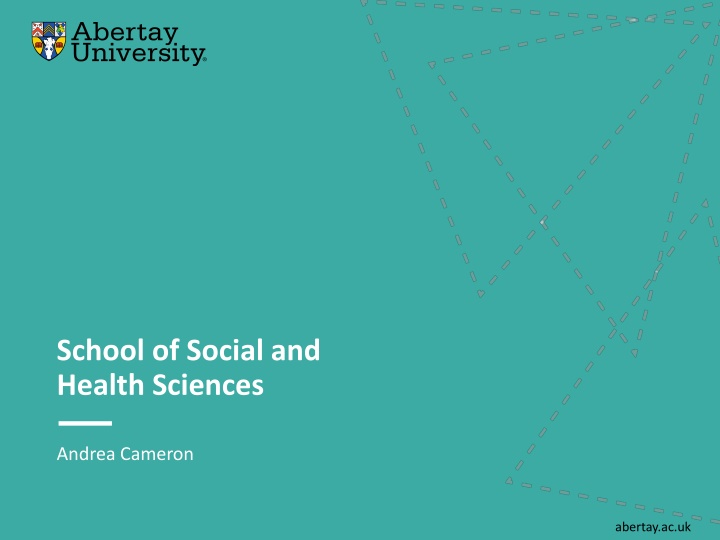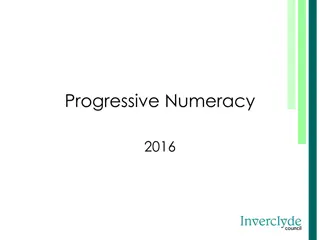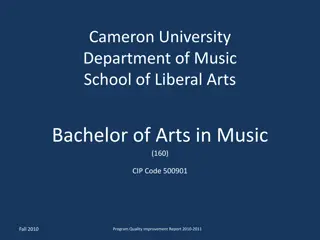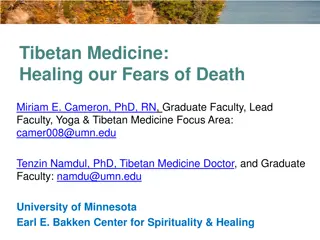
Tracking Abertay Sport Graduates: Career Trajectories & Demographic Insights
Explore the career paths and demographics of Abertay Sport graduates from 2000 to 2015 to inform curriculum development and enhance career readiness. Discover trends in postgraduate qualifications and career choices among graduates, providing valuable insights for academic institutions.
Download Presentation

Please find below an Image/Link to download the presentation.
The content on the website is provided AS IS for your information and personal use only. It may not be sold, licensed, or shared on other websites without obtaining consent from the author. If you encounter any issues during the download, it is possible that the publisher has removed the file from their server.
You are allowed to download the files provided on this website for personal or commercial use, subject to the condition that they are used lawfully. All files are the property of their respective owners.
The content on the website is provided AS IS for your information and personal use only. It may not be sold, licensed, or shared on other websites without obtaining consent from the author.
E N D
Presentation Transcript
School of Social and Health Sciences Andrea Cameron abertay.ac.uk
Context More students enrolling for PG study:- to enhance employability for differentiation within a dense graduate market to increase access to, or advance, professional careers (Hoffman & Julie, 2012; Masterman & Shuyska, 2012) to increase earning power and social mobility (BIS, 2015; Hoffman & Julie, 2012). Many will enrol (some part-time) following a period of employment Six months after graduation 76.6% of graduates in work, 11.6% in further study. Three years on, 87.9% of graduates in work, 6% in further study (HESA, 2015). abertay.ac.uk
Objectives track Abertay sport degree graduates from a 15 year historic period, 2000-2015 collect data beyond first destination employment and gain an insight into the career trajectories of Abertay Sport degree graduates explore graduates preparedness for the workplace and use this data to inform curriculum development utilise demographic data to contextualise the career destination findings. abertay.ac.uk
Results 923 graduates 452 valid e-mail addresses 135 survey respondents Departmental records for 360. abertay.ac.uk
Results Demographic characteristics of study group benchmarked to institutional and national data 100 90 80 70 60 50 40 30 20 10 0 female SIMD20 declared disability unclassified award from Tayside Scottish articulant UK graduates Scottish graduates Abertay graduates Abertay sport graduates Survey respondents abertay.ac.uk
Results Graduate Destination and PG data 120 100 80 60 40 20 0 work/further study first job=graduate first job = sport current job = graduate current job = sport PG qualification Abertay Abertay Sport Survey respondents UK Sport (current = 3years data) abertay.ac.uk
Results 37% of those for whom there was student record data had a PG qualification (14% of UK sport graduates have a PG qualification (HESA, 2015)) Significantly higher proportions of the Abertay sport graduates completed postgraduate qualifications ( 2 =54.2, p<0.01). HEFCE (2016) report that 18.6% of all graduates progress to teaching, however, substantively more (27%) of the Abertay sport graduates had made this career choice. abertay.ac.uk
Results Trends: - Those who were more distant from the point of graduation and who had stayed in sports jobs were more likely to be moving into management. However, less evidence of those in teaching moving into promoted posts within the sampled timeframe. Recent graduates more likely to pursue PG studies (though not always immediately on completion of UG degree). Destinations:- School teaching (n=70); PhD (n=11); MSc (n=52) MSc n=18 (Health-related (n=7, Physiotherapy); n= 7 Sports Management; n= 7 Performance Coaching abertay.ac.uk
Results Learning Gain FE enrolments significantly less likely to have a PG qualification (27% for those from FE versus 41%, 2 = 6.35, p<0.05). (N.B. FE enrolments significantly more likely to exit with an unclassified degree ( 2 = 84.7, p<0.01)). No significant differences in enrolling for PG study for first in family (42% for those with parents with prior experience of HE versus 29%, 2 = 1.27, p>0.05). Those from SIMD20/40 homes were as likely to complete postgraduate study as other graduates (35% versus 38% for other SIMD categories, 2 = 0.75, p>0.05). abertay.ac.uk
Results abertay.ac.uk





















